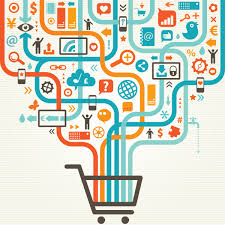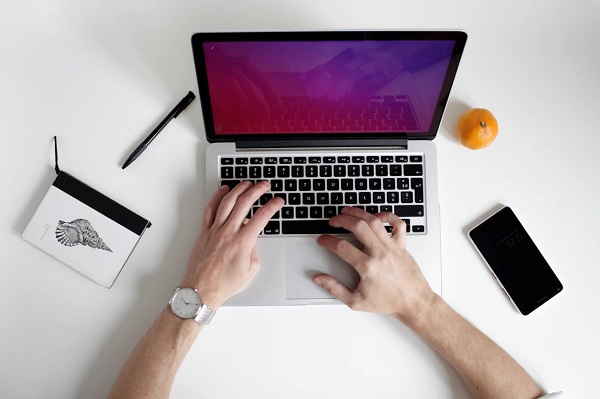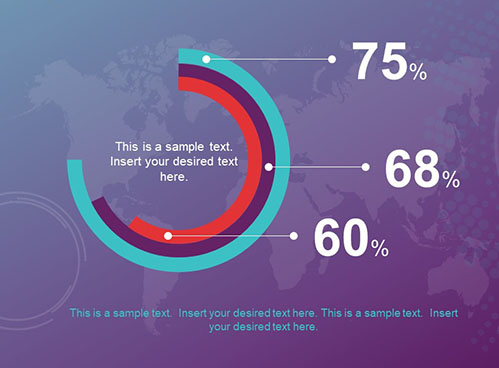Remember the time you went to an electronic shop near you to see how it feels like to hold a Samsung Galaxy Note 2 with a 5.55 inch touch screen and what titanium grey looks like? Or to a branded garment store to see for yourself the difference between crimson and red? And do you also remember walking out of the store, going home and buying it online?
We have all done it and more than once. This phenomenon is called Showrooming. It occurs when a shopper visits the retail store to check out a product but makes the purchase online, most of the times at discounted prices. For offline retailers, this is one of the biggest problems. Can Big Data come to the rescue and help offline retailers solve this problem? Let’s find out.
N. R. Narayana Murthy, co-founder of Infosys, said “In God we trust. Everybody else bring data to the table.” Understanding consumer behaviour is a science. Knowing the consumer is the key! And for that, we need data, lots of data. Collecting data was never easy before. But with the advent of social media and Data Mining tools, this has changed.
Retailers are now able to gather and analyse enough information about consumers in real-time and offer to them personalised services depending on their tastes and preferences. This is how it works. When a customer is in the store, near the shelf of the products he/ she previously purchased; the store can send discount coupons and special offers to their mobile phones. Bluetooth technology can be used or text messaging. Large retailers can incentivise customers to download their mobile application and create profiles on it. Coupons, offers and other information can be sent to the customers via the application notifications.
Data can also be collected through the WiFi signals of the customer when they are in the store. Retailers can monitor how long customers spend in the store, do they read or discard the notifications sent to their mobile, do they cash the coupons sent to them. The effectiveness of the strategies implemented by the store management can be measured by analysing these variables.
Through this information, retailers can also decide on the product placements, advertisements, general discount rates offered, seasonal sales.
About 10-15 years back, when it comes to the purchase of electronic devices, books, jewellery, clothes etc., and people would seek suggestions and reviews from friends and family members. But now we look no further than Facebook or Twitter to discuss about the products we intend to buy. People have started tweeting about their experiences with products and services on Twitter and also posting pictures of the same on Instagram.
Social Media has become the go-to place for customer feedback on products and services. There is a lot of data which can be collected on consumer behaviour from these websites. Marketers can employ big data experts to mine and analyse data also help them understand consumer behaviour in terms of geography, age and sex.
Most of the retailers used to monitor the consumer behaviour using observation method. This is by checking the CCTV footage of the shoppers. There is data collected through the store’s WiFi which customers use. There is historic data of customers who have membership cards/ loyalty points. Large number of data was being collected. What is missing is the platform to merge all this data in one place and get one single picture. Big Data will enable retailers to unify all these data points. What retailers need is a combination of Big Data and understanding consumer behaviour to be able to increase the purchases along with the footfall.
Retailers have to work on an offline experience to sway shoppers away from participating in ‘showrooming’ and retain their customers in the brick and mortar world.

25 Recommender Algorithms, Packages, Tools, and Frameworks: Your Gateway to Exploring Personalized Recommendations
In...







![60 stats & trends that will define the future of eCommerce [Infographic]](https://crayondata.ai/wp-content/uploads/2022/05/eCom-374x288-1.png)
